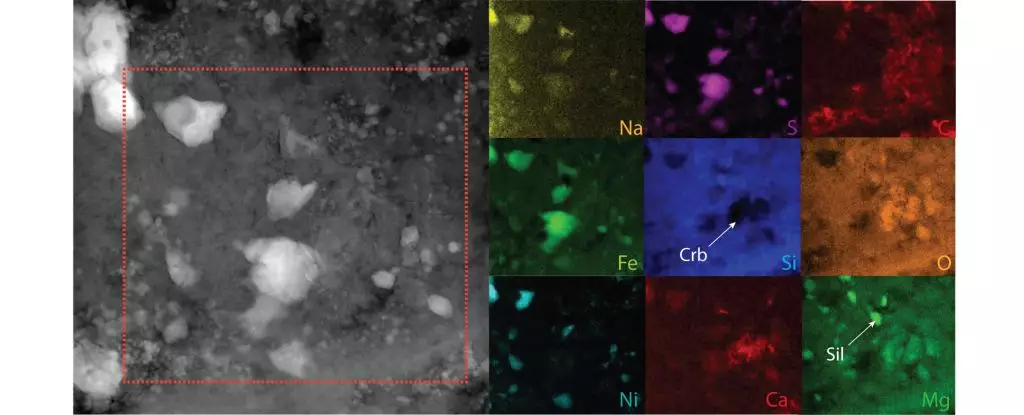The formation of our Solar System, which occurred around 4.5 billion years ago, involved a complex process of transformation and evolution. While the original components of the protoplanetary disk may have been altered over time, recent discoveries have shed light on traces of material that originated in the early stages of our cosmic neighborhood. These findings provide valuable insights into the history of the Solar System and the fundamental building blocks from which all celestial bodies emerged.
The birth of the Sun, like other stars, began in a dense cloud of dust and gas that collapsed under its own gravitational pull. This led to the formation of a disk that eventually coalesced into the Sun. The remaining material in this disk gave rise to the planets, moons, asteroids, comets, and the distant Oort Cloud. The Oort Cloud, located far beyond the orbit of Pluto, is believed to contain pristine material from the early Solar System, offering a glimpse into its primordial composition.
While studying the Oort Cloud directly has been challenging, researchers have turned to meteorites as a valuable source of information. Occasionally, cometary fragments become trapped inside meteorites during collisions in space, preserving ancient material that can withstand the intense heat of re-entry into Earth’s atmosphere. By analyzing meteorites like Northwest Africa 14250 (NWA 14250), scientists have identified mineral clasts that likely originated from cometary sources, providing a unique opportunity to study the composition of the protoplanetary disk.
One of the most intriguing aspects of the discoveries made by researchers is the similarity between the cometary clasts found in NWA 14250 and those in other meteorites from the outer Solar System and samples taken from the asteroid Ryugu. This suggests that the composition of the protoplanetary disk was relatively uniform during the early stages of Solar System formation. The presence of isotopic signatures across various outer Solar System bodies indicates a common planetary building block that contributed to the diversity of celestial bodies we observe today.
The study of meteorites provides a window into the distant past of our Solar System, allowing scientists to unravel the mysteries of its origins and evolution. By examining the remnants of ancient material preserved within these celestial artifacts, researchers can piece together the intricate puzzle of how the Sun, planets, and other cosmic entities came into being. As our understanding of the protoplanetary disk continues to deepen, we gain valuable insights into the fundamental processes that shaped the cosmos as we know it today.


Leave a Reply